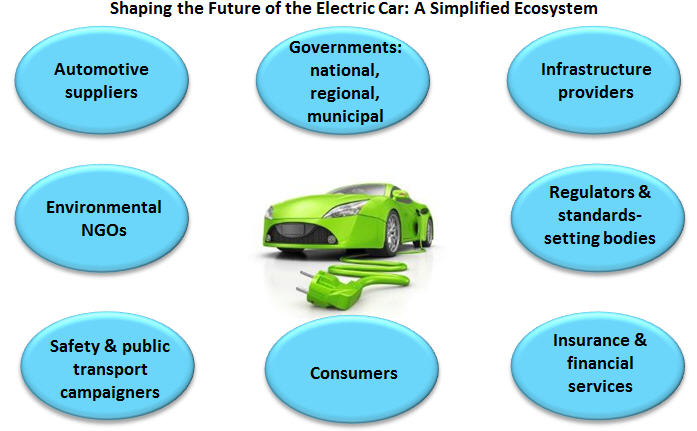In The Global Trends Report 2013, one accelerating challenge is the Fight for Control & Access to Resources. As the world scrambles to deal with increasing natural resource scarcity and the explosion of digital resources, competition is increasing at both a corporate and national level to build the capabilities that will drive long-term success. For some this means concentrating power over resources, for others it means new business models and approaches which allow greater control over resources at regional and community levels. As control & access to resources becomes more distributed, one of the implications for organizations that we highlight in this year’s report is the need to shift mindsets from control and ownership of resources to shaping the network that needs the resources.
Changes in resource availability and the competitive landscape mean not only that competition will come from new directions, but also that companies will require a mix of collaborative as well as competitive strategies and tactics to succeed in future. Traditional business patterns are being disrupted by the explosion of social media and other digital platforms, with organizations increasingly turning to open source and collaborative networks that allow them to find, create, and leverage resources and knowledge faster, more effectively and at lower cost than in old “closed loop” models controlled within a company. Firms are moving from being the central players in a physical value chain, to being nodes in open networks of value creation that span the physical and digital worlds. In this connected world, no single organization can ever hope to meet all of its customers’ needs alone. Partnerships will also be required to deliver on the increasing demands of customers for solutions and experiences as well as to deal with commoditization.
The growth of partnership working is also being driven by the size of the global issues such as climate change and food shortages that require concerted shared efforts. This can mean partnership between competitors, for example in the form of pre-competitive agreements to meet environmental standards, or it can be about partnerships between different sectors, including governments, NGOs, communities and firms. In this world of collaboration and competition, firms will need to know where they fit into the bigger picture, where they can add value directly, and where they will need to partner. It demands a shift in mindset, from controlling the network to shaping it; and from controlling the business model to developing it with partners. Take for example the electric car, where public/private and even more extensive partnerships will be required both to build the business model and drive adoption.

Will your organization shape the future — or wait for others to set the rules?



